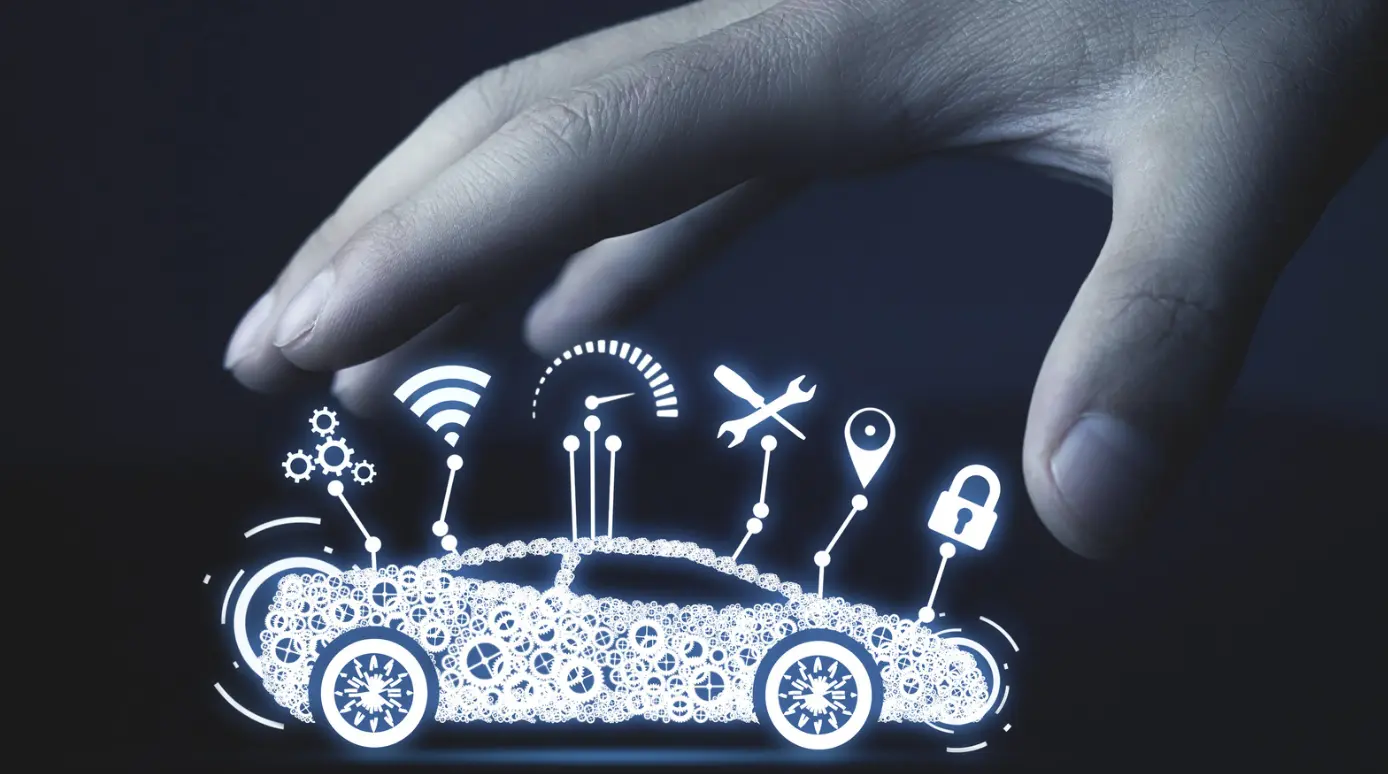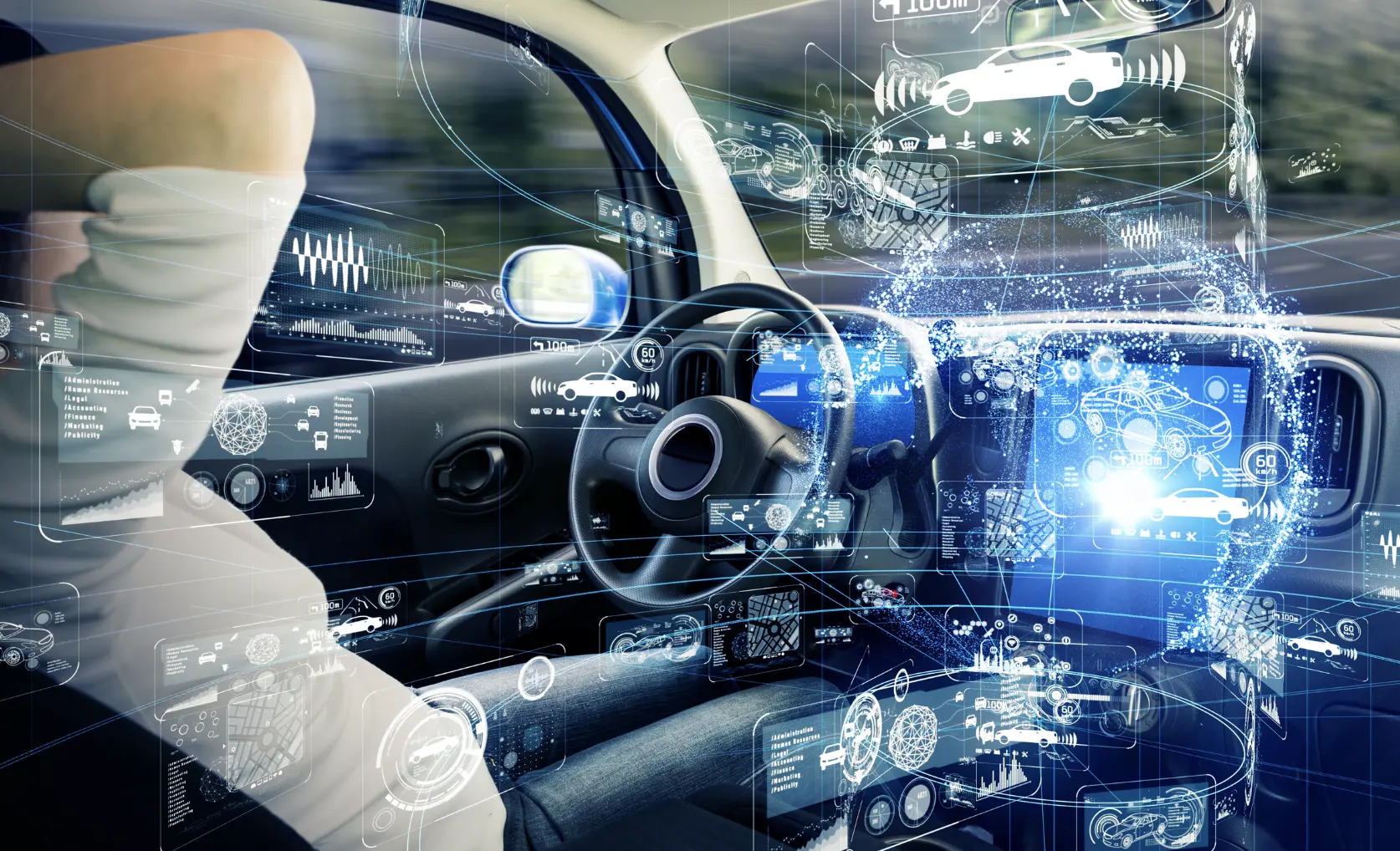Predicting the future, especially so far ahead as 2099, is hardly an exact science. However, based on current trends and technological trajectories, we can make some educated speculations.
By 2099, it’s likely that cars will be predominantly electric, if not entirely. Internal combustion engines may become much more rare, mainly owned by collectors and enthusiasts as novelties or special purchases. Consumer demand will have spurred advancements in battery technologies, making electric vehicles (EVs) more efficient, affordable, and accessible to people everywhere.

EV Ascendancy
If there’s one lesson we can take from the present and apply to our 2099 concept car, it’s that the rise in popularity of electric cars is likely to continue. These vehicles are becoming easier to access, and the fact that they are capable of being powered by renewable energies makes them much more future-proof than gas powered vehicles. Although gas engines will probably always have a place on the road, the average car in 2099 is likely to be electric.
Battery technology has been at the forefront of EV evolution. Advancements in solid-state batteries promise higher energy density, faster charging times, and enhanced longevity compared to traditional lithium-ion batteries. As battery costs continue to drop, EVs are becoming more affordable, widening their appeal to a broader range of consumers.
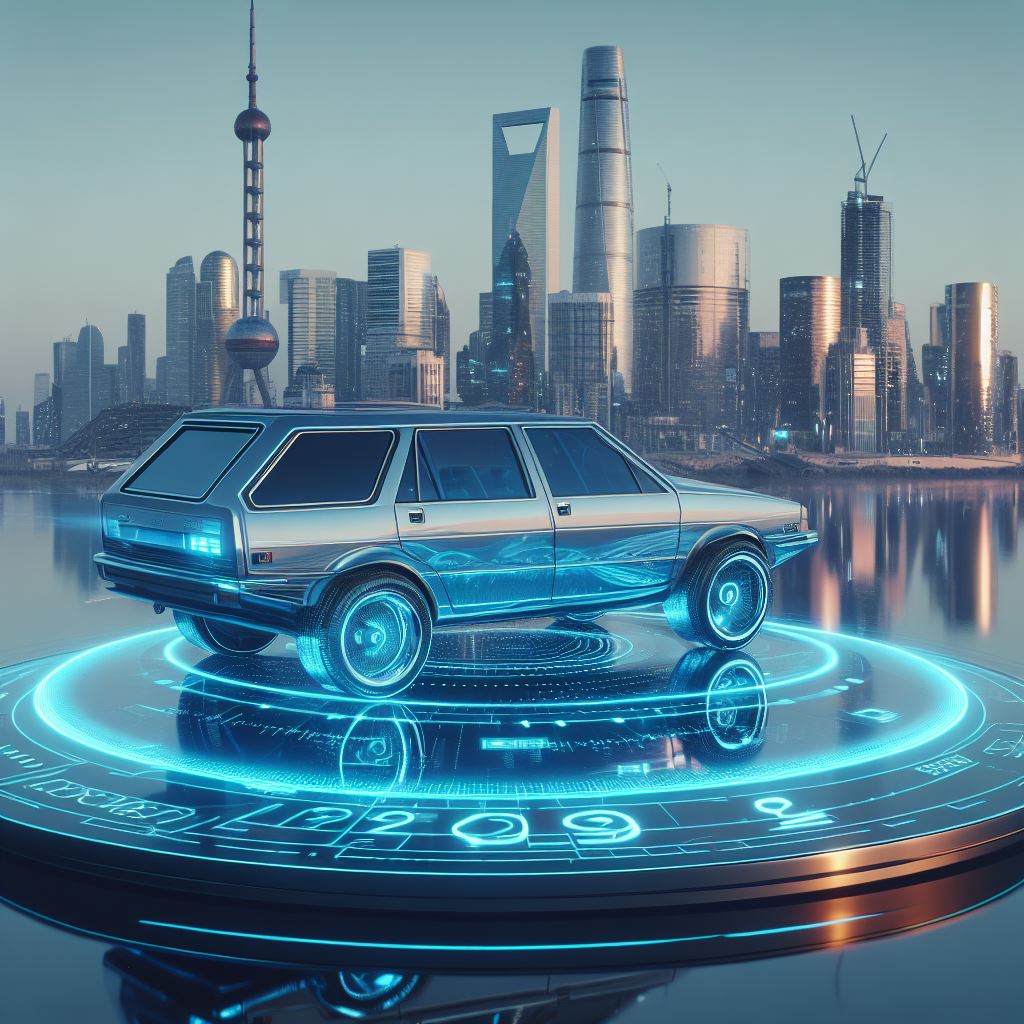
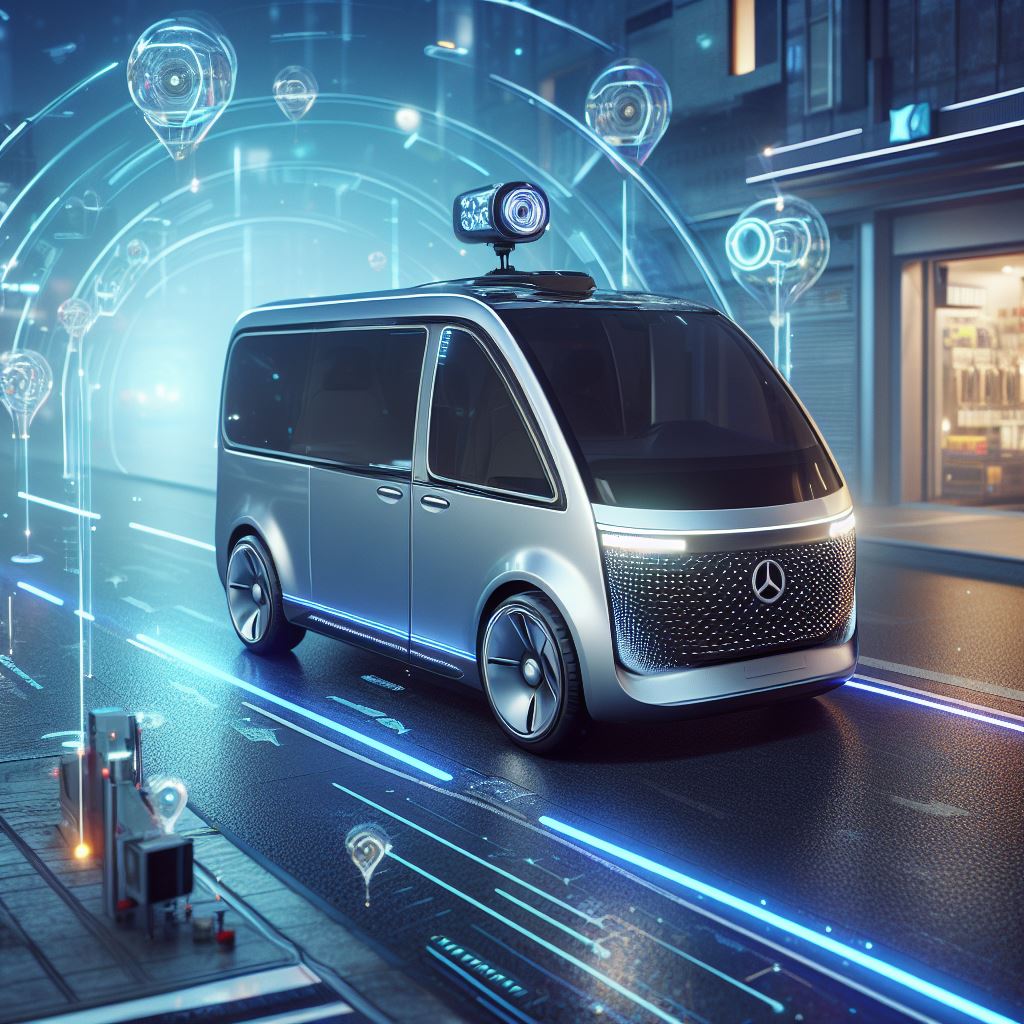
Autonomous driving capabilities are closely intertwined with the growth of EVs. Electric platforms offer an inherent advantage in integrating the plethora of sensors and computational hardware needed for autonomous operations. As self-driving technologies mature, we’re likely to see EVs equipped with advanced levels of autonomy, reshaping urban mobility and potentially reducing the need for personal vehicle ownership.
Charging infrastructure and technology are also undergoing rapid transformation. High-speed charging networks are expanding, while innovations like wireless or “on-the-go” charging could redefine how and where we “refuel” our vehicles. This expansion and innovation make EV ownership more convenient, even for those without home charging capabilities.

Vehicle design is another area impacted by EV advancements. Without the need for large engines and exhaust systems, designers have more freedom to reimagine vehicle interiors, making them more spacious or adaptable. Exteriors, too, are evolving, with many companies adopting sleek, aerodynamic designs that also enhance battery efficiency.
In shaping the future, these developments suggest a landscape where electric vehicles are not only commonplace but are diverse in design and functionality. They’ll cater to a wide range of needs, from urban commuting to long-haul travel, all while minimizing environmental impact. As technology and infrastructure mature, EVs will likely be at the heart of a more sustainable, efficient, and interconnected transportation ecosystem.
The Self-Driving Car
Self-driving cars, which are in their infancy in the early 21st century, might become the norm by 2099. With the advancement of AI and machine learning, cars could potentially be completely autonomous, making human-driven cars a rarity. This shift could lead to fewer traffic accidents, more efficient traffic flow, and possibly even a different approach to urban planning and infrastructure.
The role of autonomous driving systems over the next 80 years is anticipated to be transformative, reshaping transportation, urban planning, and societal norms. As these systems mature and gain widespread acceptance, the fundamental relationship between humans and vehicles will evolve.
In the early stages, we can expect a significant reduction in road accidents, as the majority of these are attributed to human error. Autonomous vehicles (AVs) operate based on algorithms, sensors, and vast data inputs, reducing the chances of oversights that can lead to collisions. This improvement in safety could influence car design by reducing the need for certain safety features that cater to human fallibility.
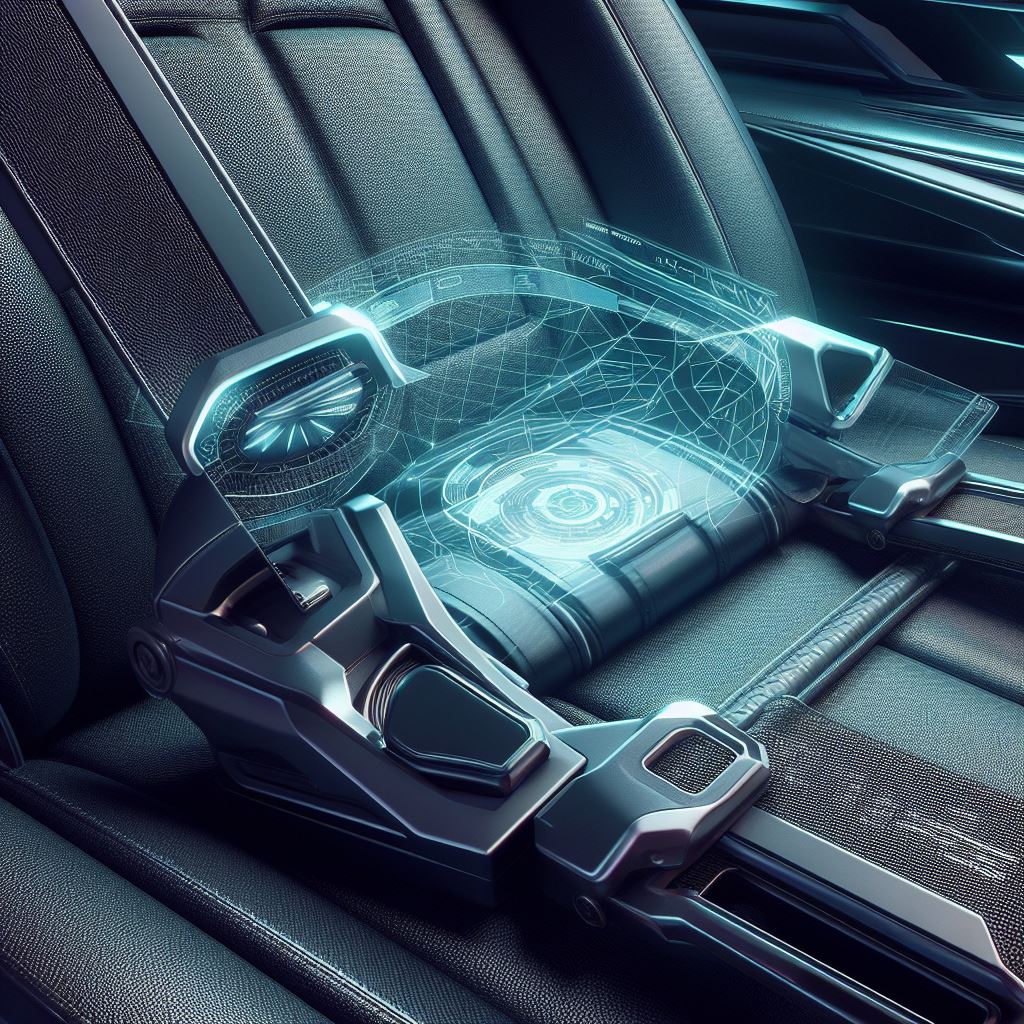
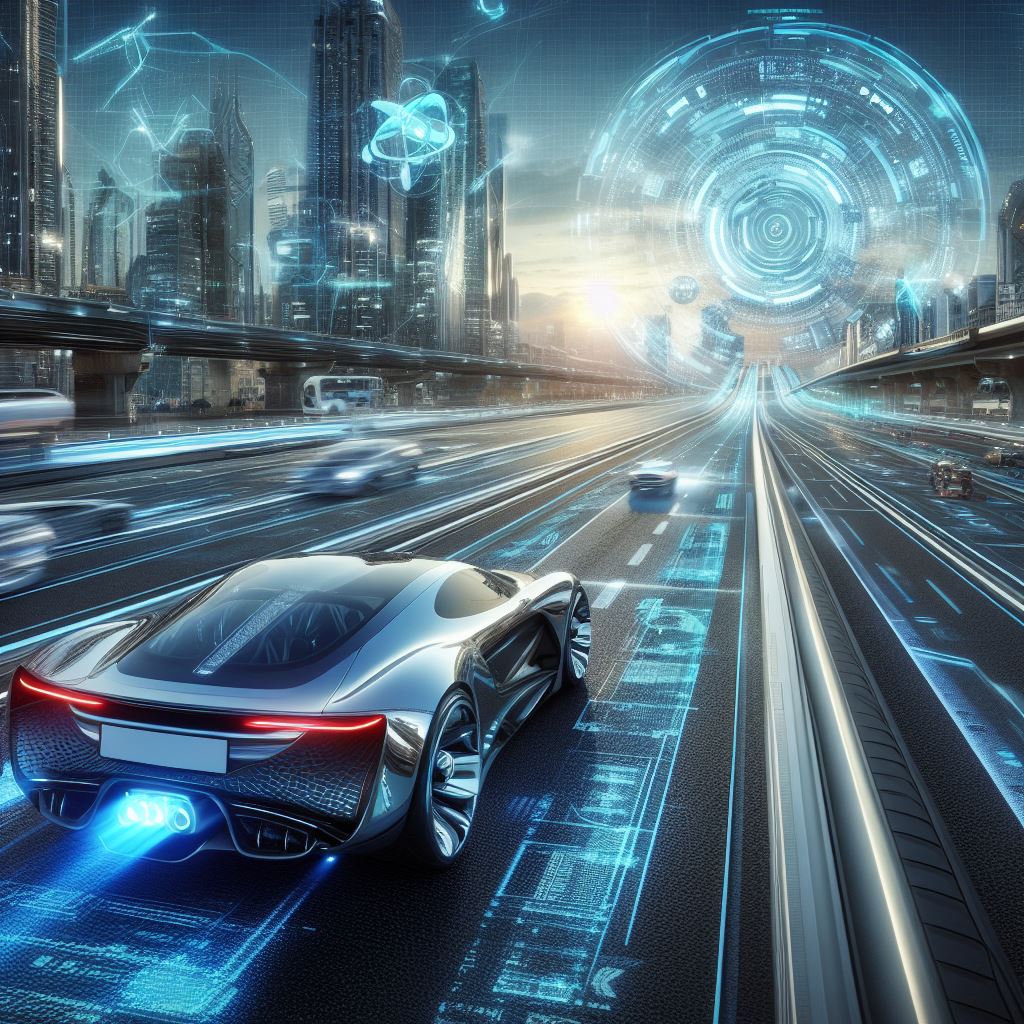
The very essence of car interiors might be reimagined. Without the need for a human driver to focus on the road, vehicle interiors could transition from a driver-focused cockpit to spaces that prioritize comfort, entertainment, or even productivity. Imagine cars that feel more like mobile lounges or offices, with seats that can swivel or recline fully, or vehicles designed for specific purposes like sleep, work, or entertainment.
Functionally, the integration of AVs into our transportation network would likely result in a shift from personal car ownership to shared mobility solutions. Fleets of self-driving cars could be summoned on demand, arriving when needed and optimizing routes based on traffic, weather, and passenger needs. This could alleviate congestion in urban centers and potentially reduce the demand for vast parking infrastructures, allowing cities to repurpose land for green spaces or other community-centric uses.
Additionally, the intertwining of autonomous systems with electric vehicle technology might push forward the transition to cleaner, more sustainable modes of transportation. With fewer moving parts and the potential for centralized charging in fleet scenarios, EVs equipped with autonomous tech could be the norm.
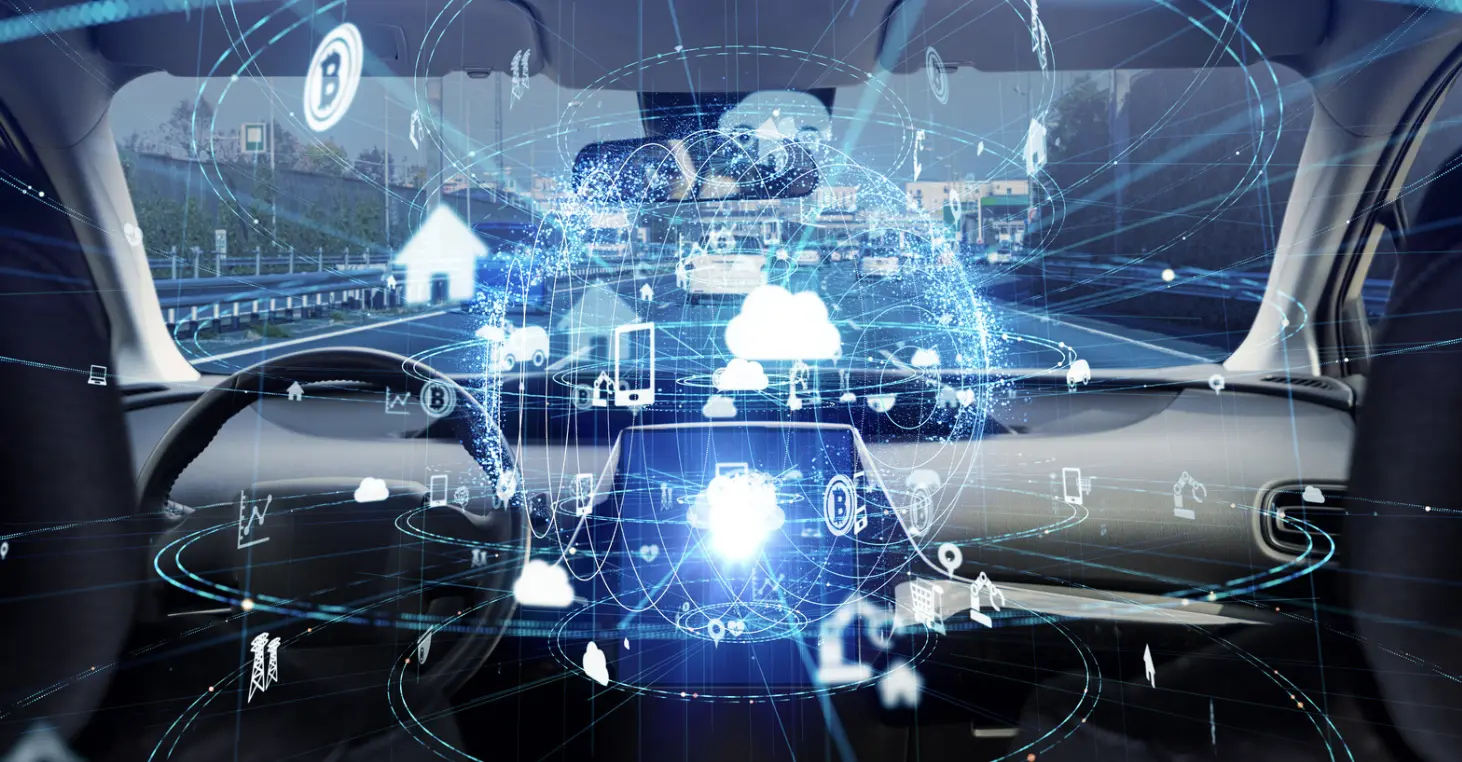
Over an 80-year horizon, these shifts would likely have cascading effects on industries beyond just transportation. Urban planning, real estate, insurance, and even sectors like hospitality could evolve in response to the widespread adoption of AVs. While it’s challenging to predict the exact trajectory of such a profound technological shift, the integration of autonomous driving systems into our lives will undeniably shape the future in multifaceted and transformative ways.
The Roads of the Future
Over the next 80 years, roads and the broader transportation infrastructure are poised to undergo a metamorphosis, influenced by technological advancements and environmental challenges.
Electric vehicles (EVs) and self-driving cars will likely demand a reimagining of road infrastructure. Charging infrastructure will become a more integral part of urban and rural landscapes. Roads might be equipped with inductive charging pads to charge EVs on the go, extending their range and reducing the need for large stationary charging stations. The potential for “smart” roads could arise, embedded with sensors and communication devices to relay real-time information to autonomous vehicles, ensuring smoother traffic flow, optimizing travel routes, and enhancing safety.
The rise of autonomous vehicles could also result in more efficient use of road space. If cars can communicate with each other and coordinate movements, it’s conceivable that we might see narrower lanes, and potentially a reduction in traffic congestion, as vehicles move in harmony. With less need for parking due to shared autonomous fleets, vast parking structures and roadside parking might give way to other uses, like green spaces, pedestrian zones, or urban farming.
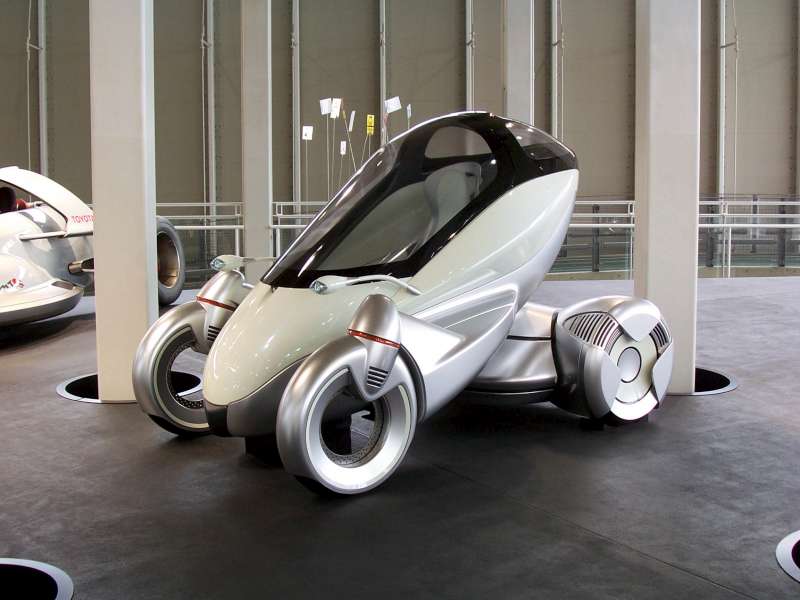
Climate change, an overarching global challenge, will impact how roads are built and maintained. With rising sea levels and increased flooding events, roads in vulnerable areas might need to be elevated or redesigned to handle water runoff more effectively. Materials used in road construction may also evolve to withstand more extreme weather conditions, from intense heat to freezing spells.
The integration of electronic infrastructure into roads may go beyond aiding autonomous and electric vehicles. Digital road signage could replace static signs, adapting to current traffic conditions, weather, or emergency situations. Roads might also incorporate renewable energy technologies, such as solar panels built into the road surface, turning highways into power-generating entities.
In the context of urban planning, the influence of EVs and autonomous vehicles, coupled with changing perceptions around mobility, might lead to cities designed more for people than cars. With potentially fewer vehicles on the road, especially in densely populated areas, and a reduced need for parking, cities could reclaim space for parks, recreational areas, or expanded pedestrian zones, leading to a better quality of urban life.
In essence, the roads of the future will not just be static ribbons of asphalt or concrete; they’ll be dynamic, adaptive, and smarter, shaping and shaped by the ever-evolving relationship between humans, vehicles, and the environment.
